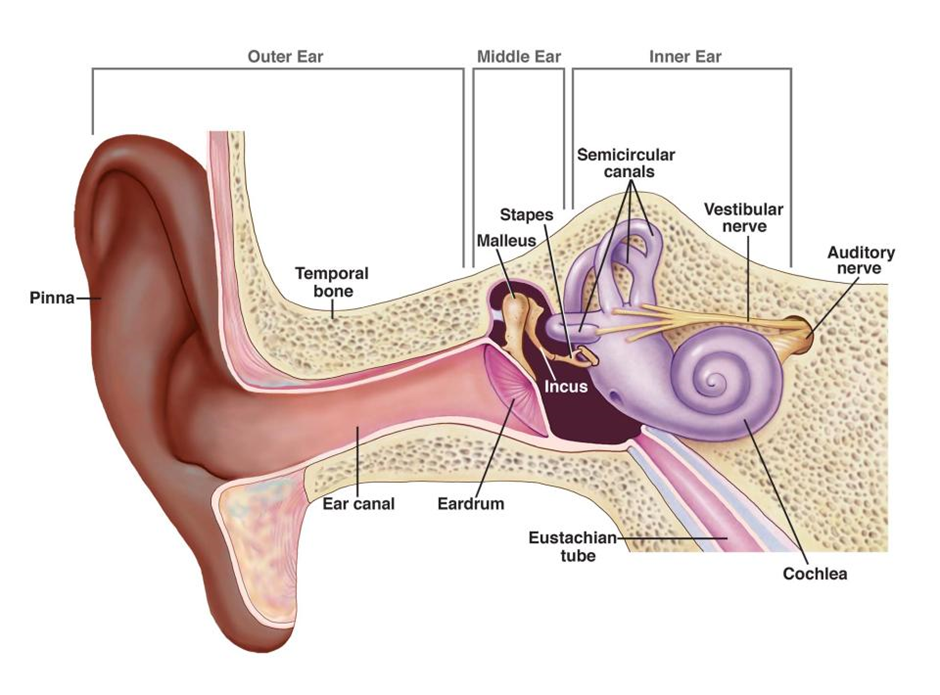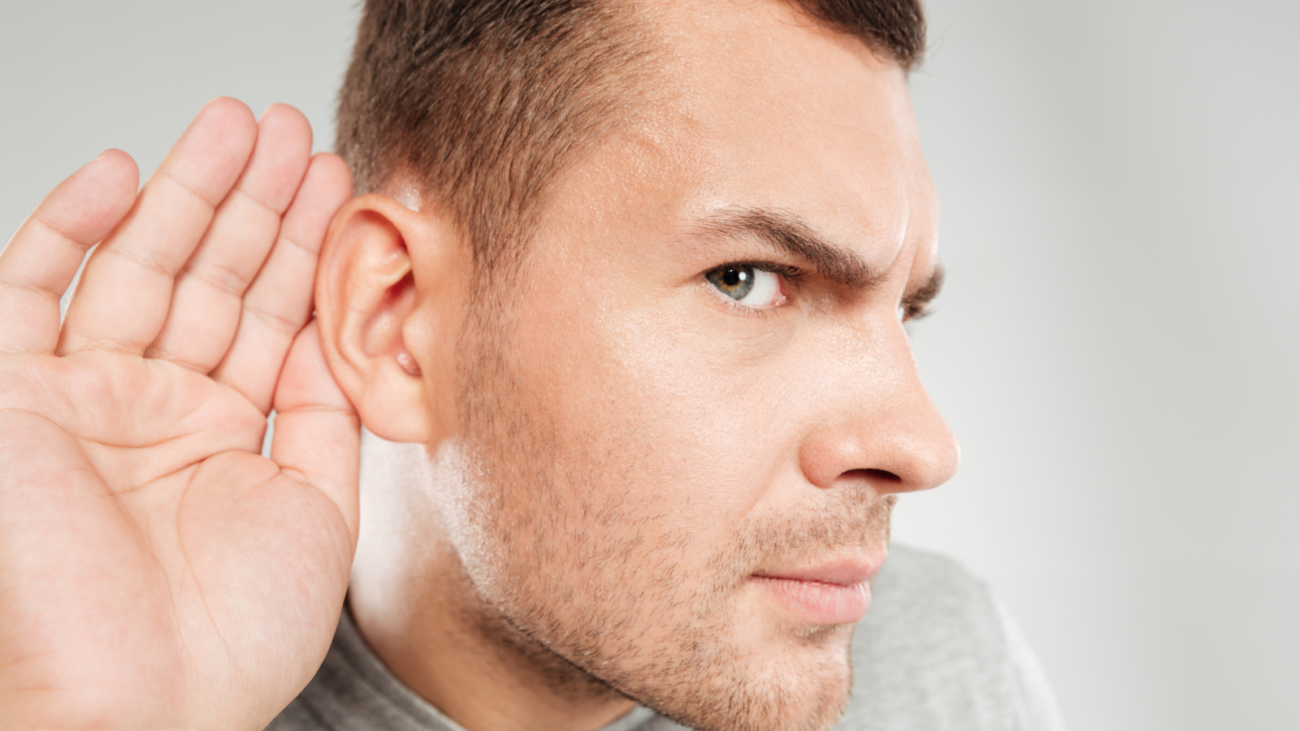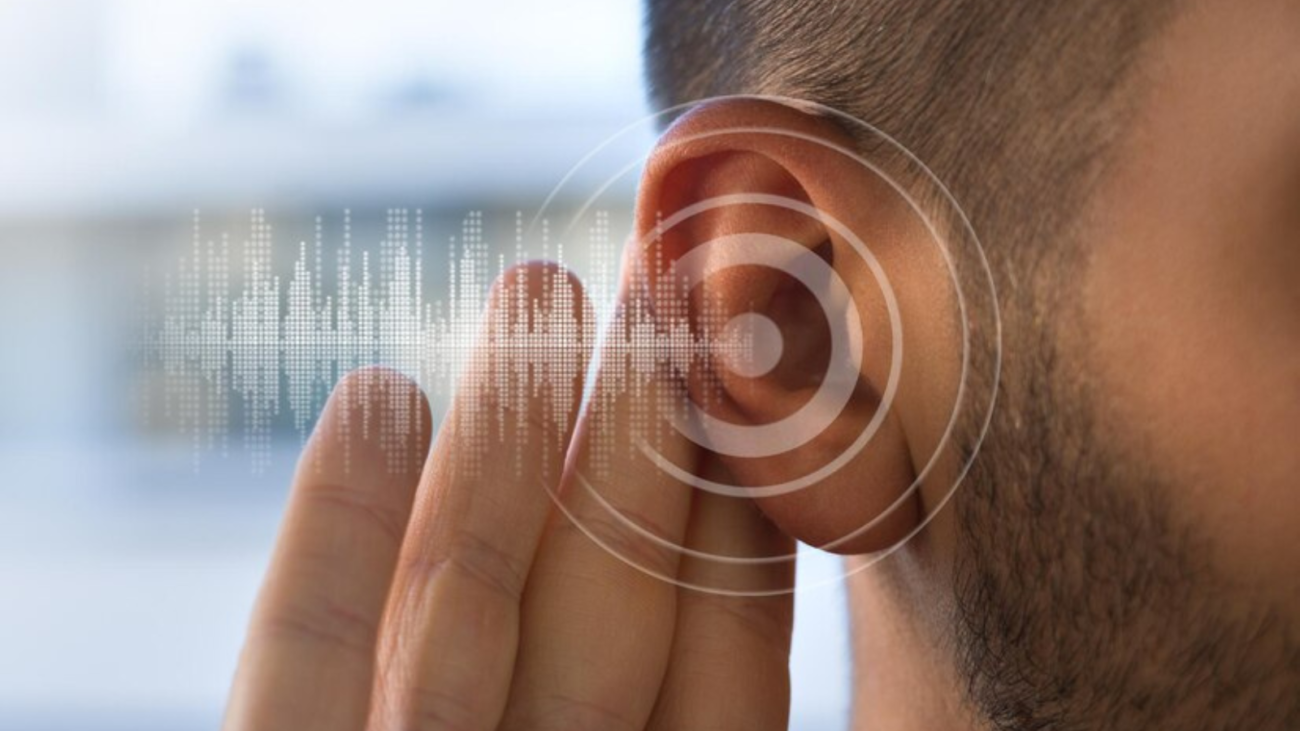Sound
Sound is defined as vibrations that travel through the air or another medium as an audible mechanical wave. It is produced from a vibrating body. The vibrating body causes the medium (water, air, etc.) around it to vibrate thus producing sound.
The Loudness of sound is measured in decibels (dB) and the pitch or the frequency is measured is measured in hertz (Hz)
Humans can detect sounds in a frequency range from about 20 Hz to 20 kHz. (Human infants can actually hear frequencies slightly higher than 20 kHz but lose some high-frequency sensitivity as they mature; the upper limit in average adults is often closer to 15–17 kHz.)
Ear & Its Anatomy

The ear is the organ of hearing and balance. The parts of the ear include:
- External or outer ear, consisting of:
○ Pinna or auricle. This is the outside part of the ear.
○ External auditory canal or tube. This is the tube that connects the outer ear to the inside or middle ear.
- Tympanic membrane (eardrum). The tympanic membrane divides the external ear from the middle ear.
- Middle ear (tympanic cavity), consisting of:
○ Ossicles. Three small bones that are connected and transmit the sound waves to the inner ear. The bones are called:
■ Malleus
■ Incus
■ Stapes
○ Eustachian tube. A canal that links the middle ear with the back of the nose. The eustachian tube helps to equalize the pressure in the middle ear. Equalized pressure is needed for the proper transfer of sound waves. The eustachian tube is lined with mucous, just like the inside of the nose and throat.
- Inner ear, consisting of:
○ Cochlea. This contains the nerves for hearing.
○ Vestibule. This contains receptors for balance.
○ Semicircular canals. This contains receptors for balance.
How do you hear?
Hearing depends on a series of complex steps that change sound waves in the air into electrical signals. Our auditory nerve then carries these signals to the brain.
- Sound waves enter the outer ear and travel through a narrow passageway called the ear canal, which leads to the eardrum.
- The eardrum vibrates from the incoming sound waves and sends these vibrations to three tiny bones in the middle ear. These bones are called the malleus, incus, and stapes.
- The bones in the middle ear amplify, or increase, the sound vibrations and send them to the cochlea, a snail-shaped structure filled with fluid, in the inner ear. An elastic partition runs from the beginning to the end of the cochlea, splitting it into an upper and lower part. This partition is called the basilar membrane because it serves as the base, or ground floor, on which key hearing structures sit.
- Once the vibrations cause the fluid inside the cochlea to ripple, a traveling wave forms along the basilar membrane. Hair cells—sensory cells sitting on top of the basilar membrane—ride the wave. Hair cells near the wide end of the snail-shaped cochlea detect higher-pitched sounds, such as an infant crying. Those closer to the center detect lower-pitched sounds, such as a large dog barking.
- As the hair cells move up and down, microscopic hair-like projections (known as stereocilia) that perch on top of the hair cells bump against an overlying structure and bend. Bending causes pore-like channels, which are at the tips of the stereocilia, to open. When that happens, chemicals rush into the cells, creating an electrical signal.
- The auditory nerve carries this electrical signal to the brain, which turns it into a sound that we recognize and understand.





